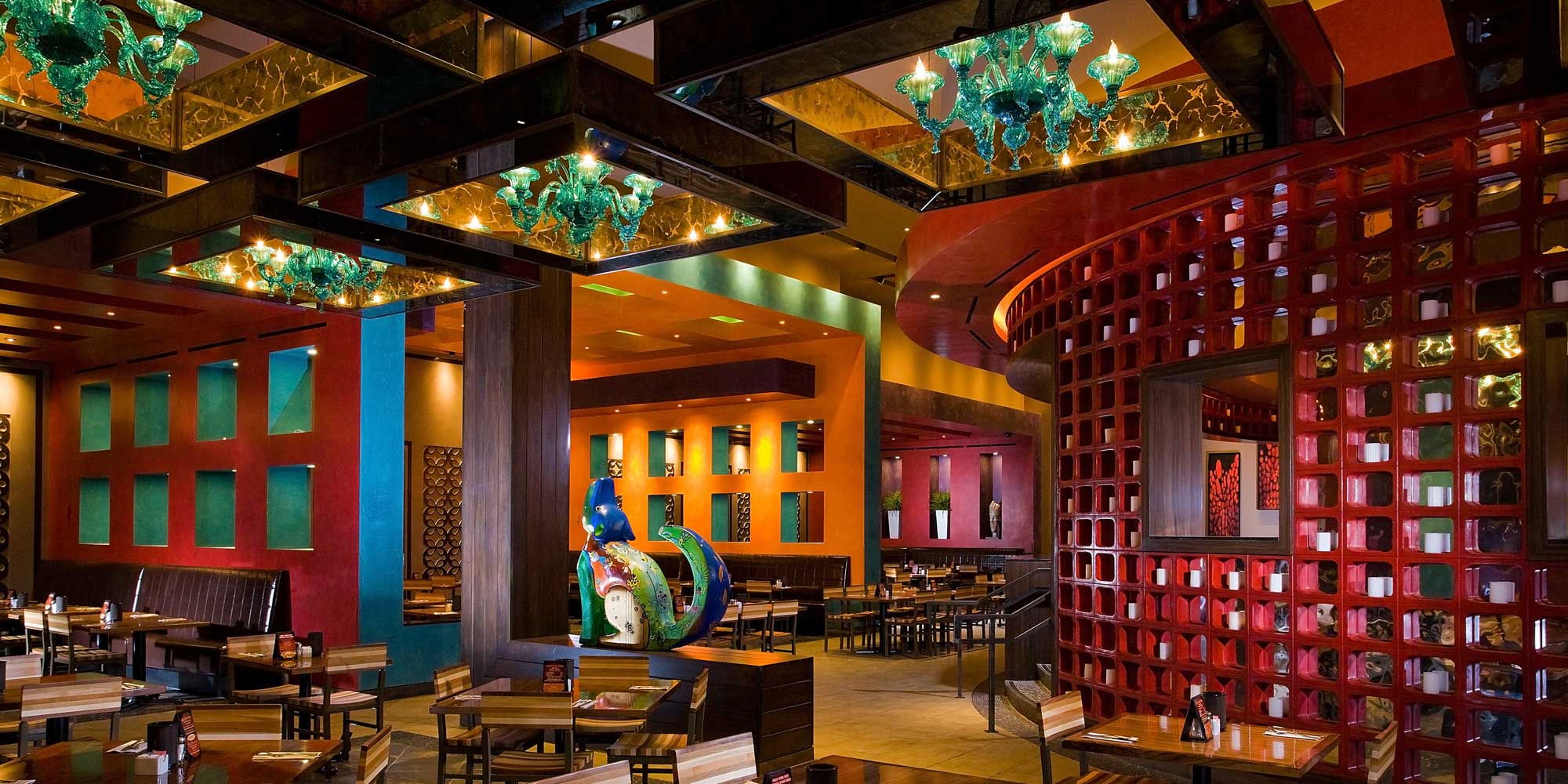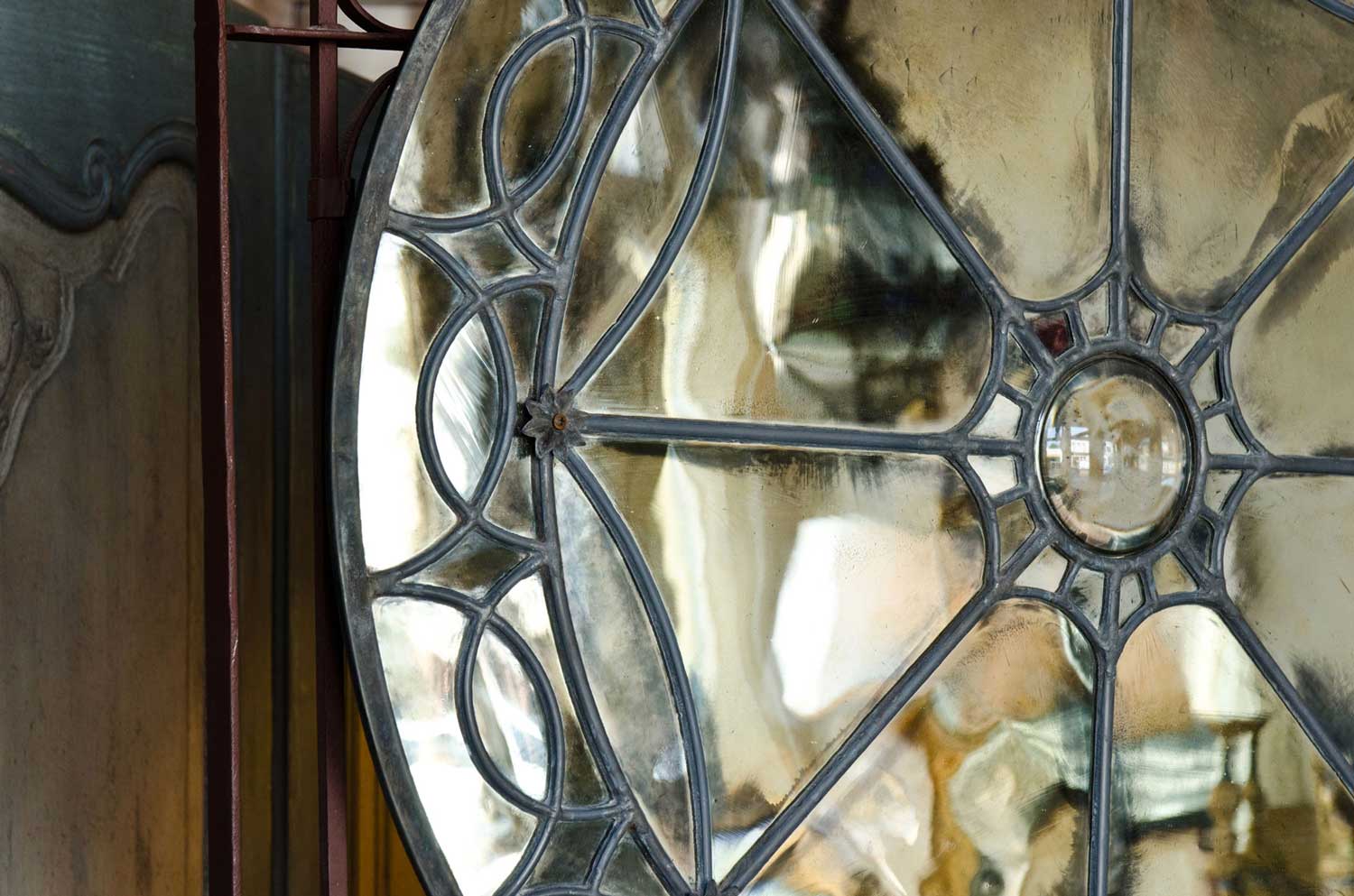What You Need to Know About Antique Mirrors
- Details

Everything You Have to Know About Antique Mirrors
Mirrors have been around for thousands of years, although the earliest mirrors were little more than reflective surfaces made of polished rocks or volcanic glass. The discovery of glass in the first century BCE allowed ancient Egyptians to make glass mirrors backed with silver, while the ancient Romans backed their glass with hot metal; even so, most mirrors were made with polished metal.
A Brief History of Mirrors
For the better part of history, only the very wealthy could afford a looking glass large enough to see their entire body – the rest had to settle for seeing only a small portion of themselves in a mirror. This was especially true during the 15th century, with the Venetian mirror. Painstakingly produced in a top-secret process on the tiny Italian island of Murano in Venice, the mirrors featured a mystical gold dust technique in which glassmakers inserted gold leaf into the glass. Protected forever by the glass, the gold leaf added sparkle and sparkle to the mirror. Next, they used metal screws to set the mirrored glass into precious frames made of beveled glass borders. Even though they were expensive and could only be purchased from Italy, Venetian mirrors dominated the industry and virtually wiped out the competition.
In the 16th to the early 20th centuries, mirror makers switched to tin foil and liquid mercury to give the glass a mirror finish. Both the Venetian mirrors and those made with tin and mercury develop a crystalline appearance as they age. Antique mirror glass also contained bubbles and other impurities that, along with inconsistent glass thickness and waviness, can indicate that a mirror is antique.
Justus von Liebig revolutionized mirrors in 1835 and made them more affordable when he developed a process to deposit a thin layer of metallic silver directly onto the glass by using a chemical reaction. This method, known as mirror silvering, is still in use today.
Antique Mirrors – Your Questions Answered
What style would be considered an antique?
While there are no hard and fast rules, collectors often define an antique as an object that is at least 100 years old. This means an antique mirror must date to the 1920s or earlier. At that time, the Art Deco movement was taking hold in the decorative arts and architecture, so mirrors made a century ago will be symmetrical, geometric, streamlined, often simple, and pleasing to the eye. The Art Deco period lasted into the 1930s and is often copied today.
Prior to Art Deco and lasting from about 1890 to 1910, Art Nouveau was the dominant decorative arts and architecture style. Mirrors made in the Art Nouveau era and style feature asymmetrical shapes and curving lines; some may even feature nature-like embellishments, such as birds or plants on the frames.
Other periods, such as mid-century modern (MCM), modernism, and pop art, followed the Art Deco movement. Mirrors made during these design periods are not old enough to be considered antiques.
What would antique mirror glass look like today?
Whether made from tin and mercury or a thin sheet of silver, the mirror-like coating on the back of an antique mirror will tarnish or oxidize over time. Tarnish and oxidation will create dark or blotchy spots, especially towards the bottom of the mirror, as moisture from cleaning the mirror seeps down behind the frame to soak the backing. Look for scratches on the surface of an antique mirror finish – mirrors that are scratch-free are not likely to have seen more than 100 years of use.
A Maker’s Mark May or May Not Be Present
Some mirror makers put a mark on their wares, which makes it easy for you to identify when and where your antique mirror was made.
What about the frame?
Look for signs of wear, such as chips, scratches, and stains, which are likely to be present on an antique wall mirror frame. Check the back of the frame to determine how it is attached – Phillips screws were patented in 1936, so mirrors secured to their frames with crosshead screws may not be antique or may have been reframed. An antiqued mirror, which is a new mirror made to look old, may have obvious distress markings.
The material of the frame can suggest its age: an antique mirror frame will likely be made of wood or wood veneer, metal, or plaster composition.

Types of Antique Mirror Styles
Gothic – popular during the 12th to 16th centuries, these church-style antique decorative mirrors feature ornate scrolling or carving, usually oval with pointed arches at the top and framed with dark walnut or oak wood.
Baroque – features intricate moldings of angels, flowers, fruits, and leaves; frames often use gold or silver gilding but make have inlaid ebony or tortoiseshell; popular in the 1770s.
Rococo – popular between 1740 and 1771, the Rococo style features carved flowers, leaves, feathers, and birds or ribbons, usually at the top of the mirror with the bottom of the frame featuring simple lines or beading.
Georgian – features a restrained, symmetrical style with almost no carving.
Neo-classical – popular in the 18th century, these mirrors feature rectangular shapes and medallion carvings, often with frames gilded with silver and gold.
Regency mirrors – feature oval shapes with slimmer frames finished with gilded gold and natural mahogany; popular in England during the early 1800s.
For more information about antique mirrors, consult with the antique mirror specialists at Jockimo today!
Looking for more information about architectural glass?
Check out this article:
What You Need to Know About the Different Types of Architectural Glass

